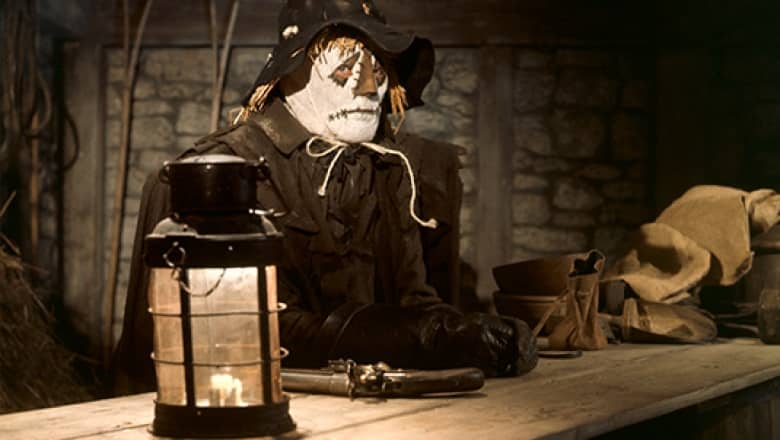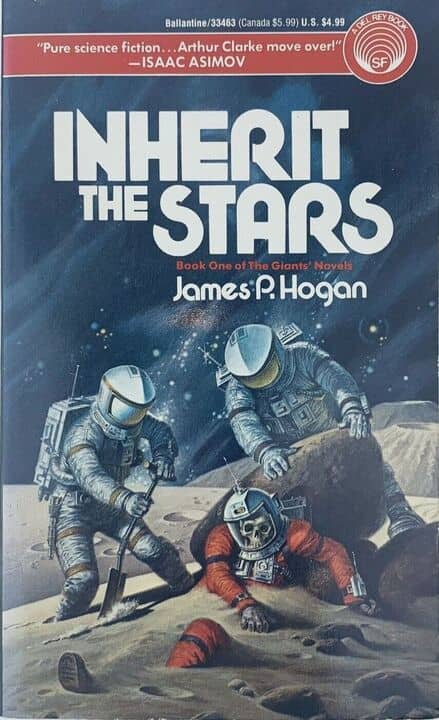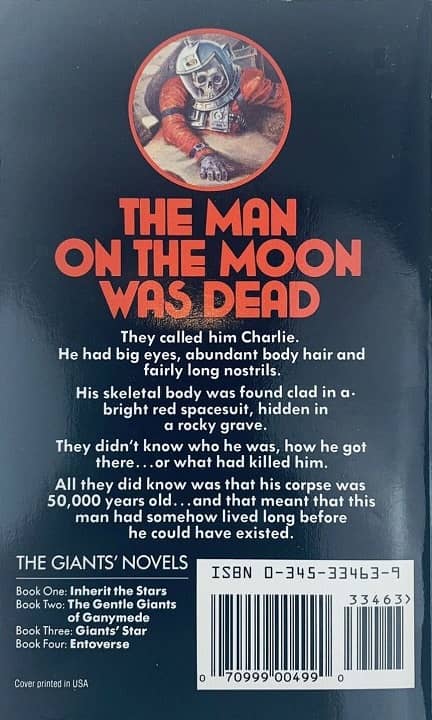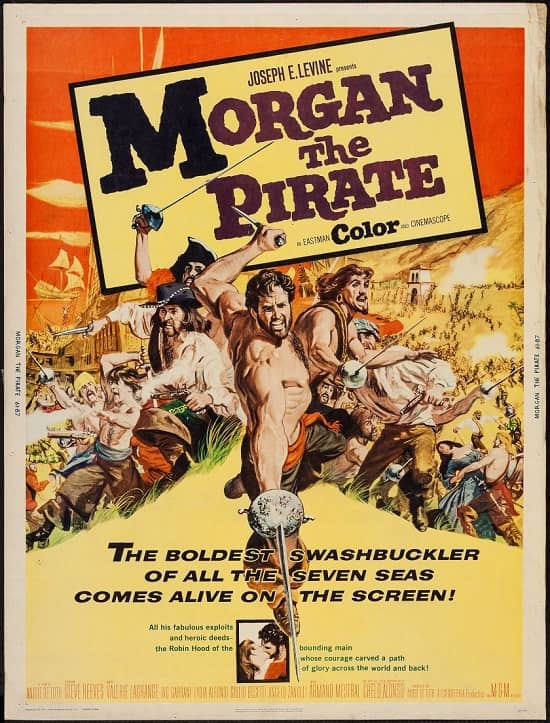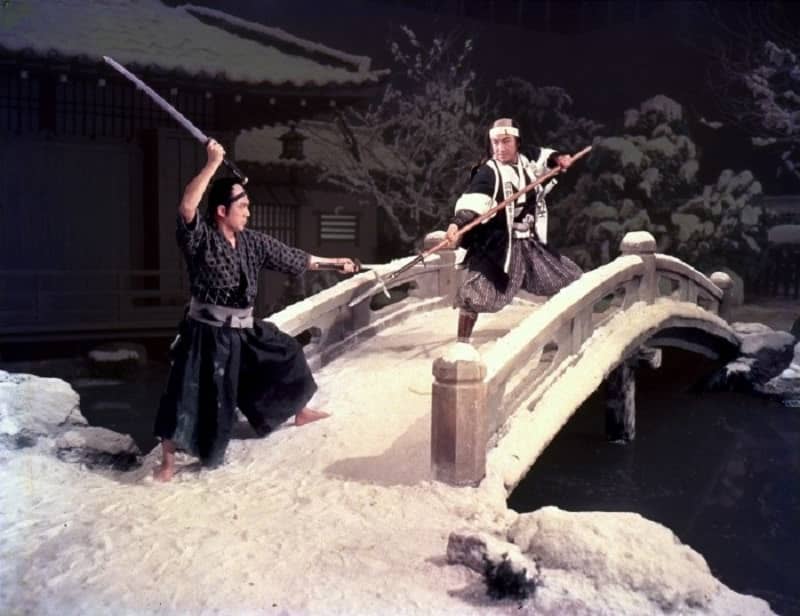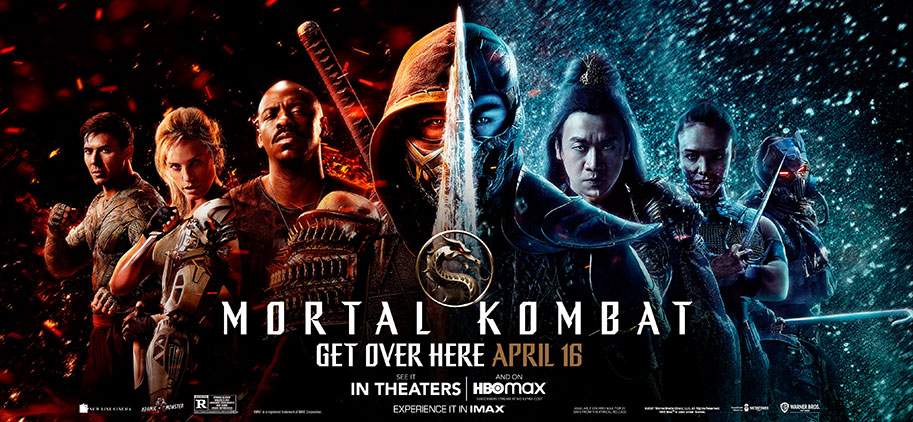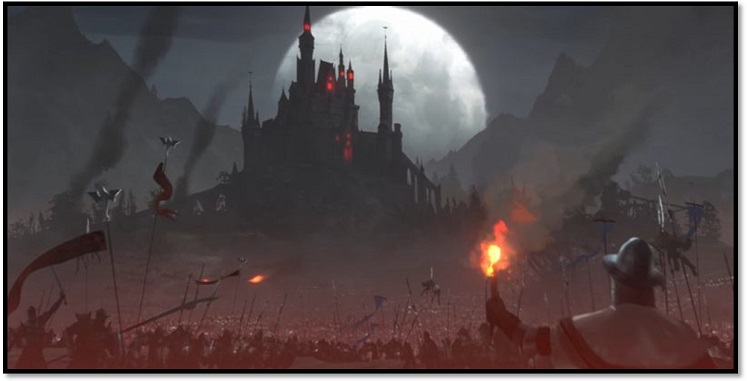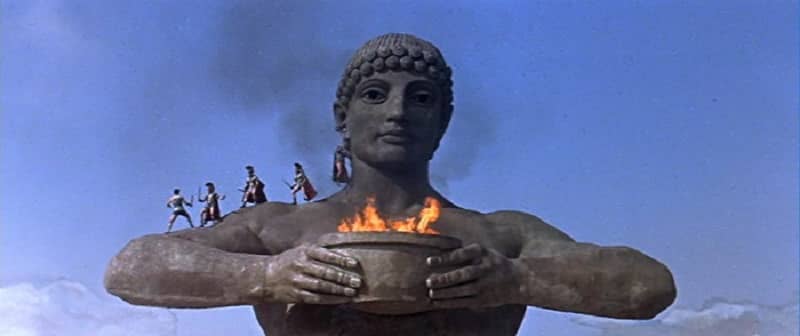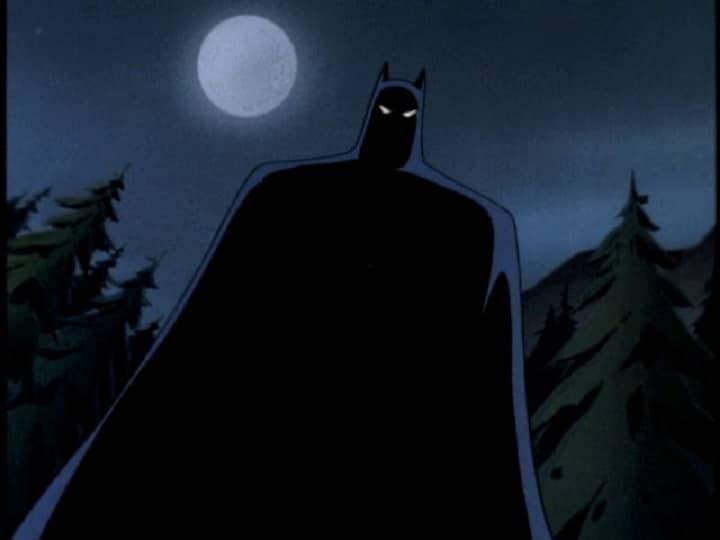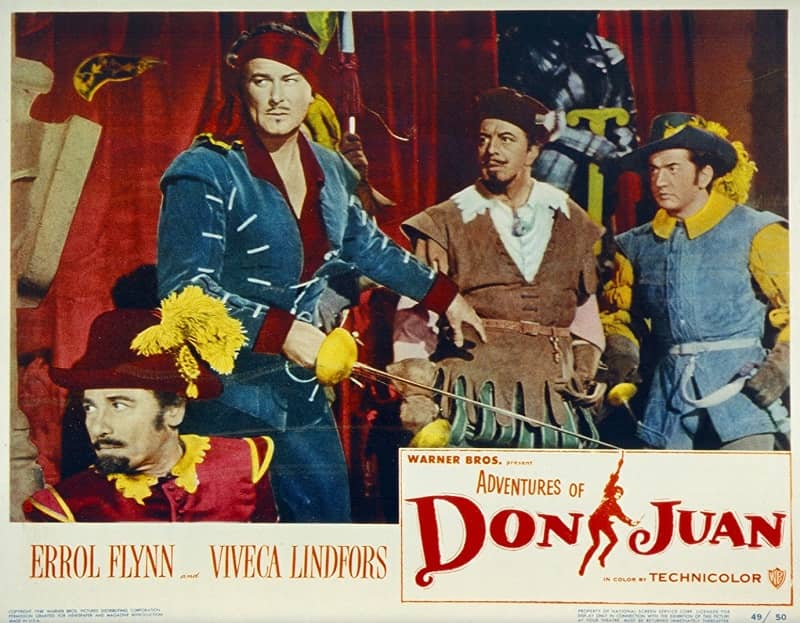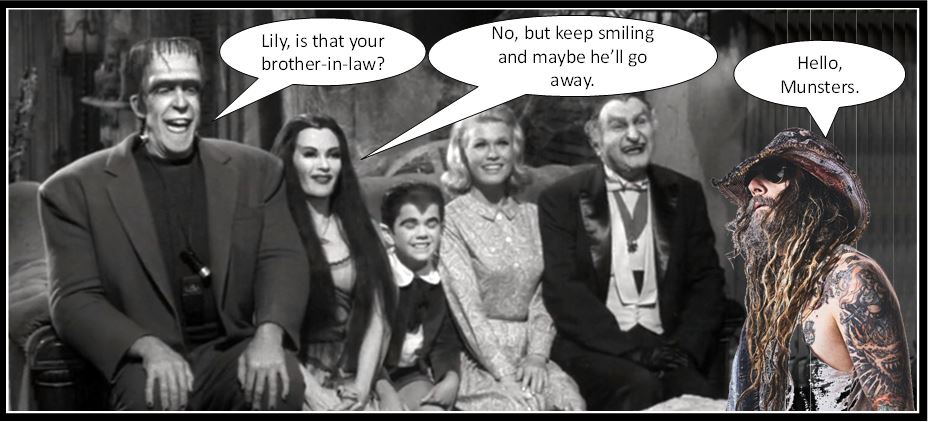Ellsworth’s Cinema of Swords: The Year of Camelot and Scarecrows
The Scarecrow of Romney Marsh (USA, 1963)
1963: Lerner and Loewe’s Broadway musical Camelot finally closed after almost 900 performances, Disney’s The Sword and the Stone was preparing for release at the end of the year, and President John F. Kennedy’s administration was being compared to King Arthur’s. This didn’t go unnoticed in Arthur’s Great Britain, and the British movie industry obliged with two Camelot movies, one of them quite ambitious, that have now been largely forgotten. Indeed, Olde England was still the favorite screen setting for historical adventure, as Walt Disney, looking for a follow-up to Zorro, was well aware. And so Disney’s last great swashbuckler, The Scarecrow of Romney Marsh, was shot on location on England’s south coast, one classic that hasn’t been forgotten.
Sword of Lancelot (or Lancelot and Guinevere)
Rating: ****
Origin: UK, 1963
Director: Cornel Wilde
Source: Alpha Video DVD
This is a worthy attempt to film the tragedy of the doomed love triangle of Arthur, Guinevere, and Lancelot, and if it falls short of greatness, it isn’t because writer, director, and star Cornel Wilde didn’t give it his all, it’s just that he wasn’t David Lean or Sergei Eisenstein.
